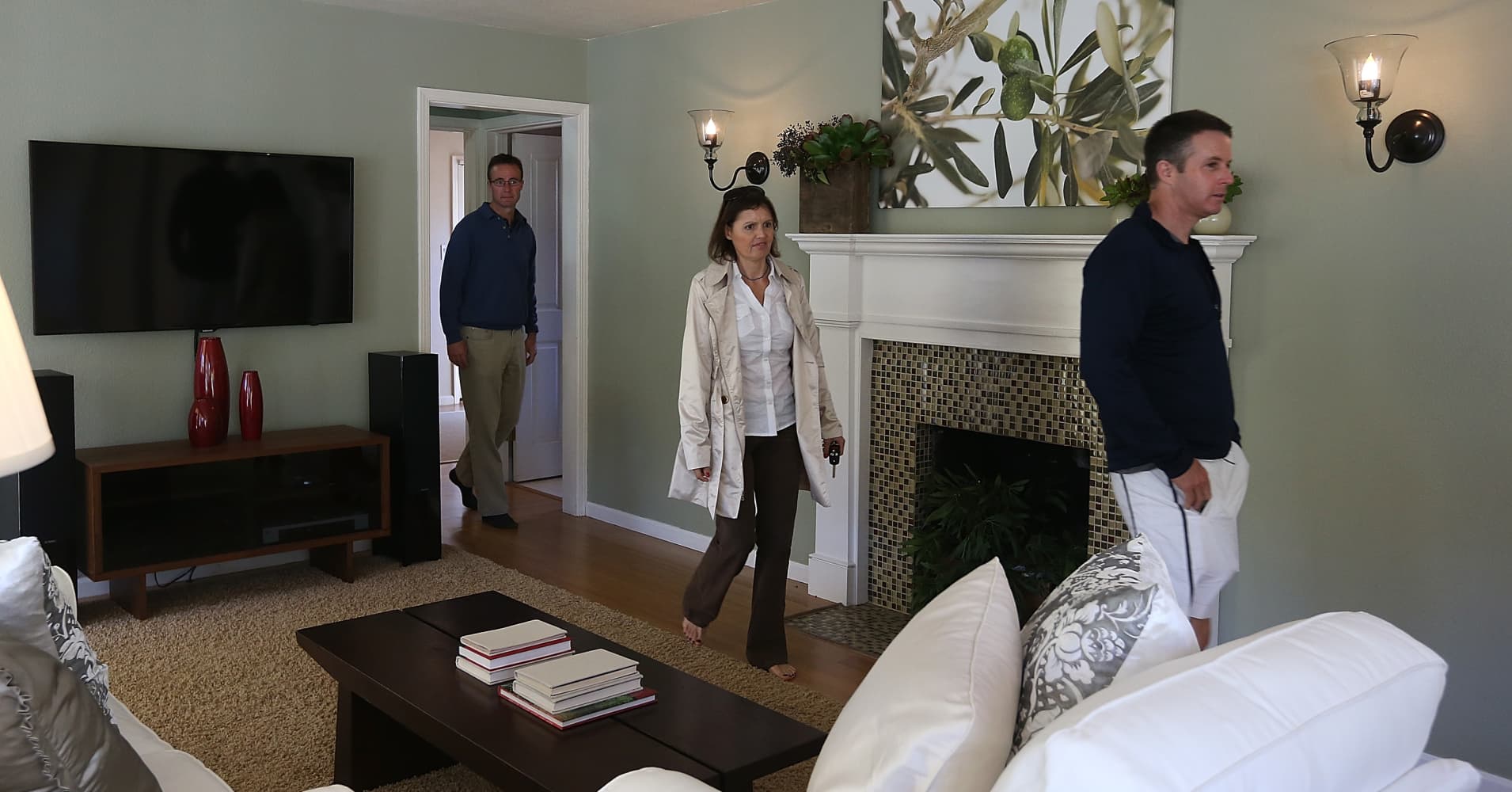Home values increased 5.2 percent annually in November, down from 5.3 percent in October, according to the widely-watched S&P CoreLogic Case-Shiller National Home Price Index.
The 10-city composite annual increase also fell to 4.3 percent, down from 4.7 percent in the previous month. The 20-city Composite saw a 4.7 percent annual gain, down from 5.0 percent in October.
Home price gains have been slowing since last spring, as higher mortgage interest rates cut sharply into affordability. The gains are slowing the most in large metropolitan markets, where home prices had overheated over the past three years.
Las Vegas, Phoenix and Seattle continue to see the highest year-over-year gains in the index’s 20-city composite. Las Vegas home prices were 12 percent higher compared to November 2017. Phoenix saw an 8.1 percent annual increase, and Seattle’s gains came in at 6.3 percent. Seattle had been seeing double-digit price increases in 2017. Just seven of the 20 cities reported higher price increases in the year ending November 2018 versus the year ending October 2018.
“The pace of price increases are being dampened by declining sales of existing homes and weaker affordability,” said David M. Blitzer, managing director and chairman of the Index Committee at S&P Dow Jones Indices in a release.
Sales peaked in November of 2017 and then began falling as mortgage rates rose. After rising steadily, rates began to drop again in November 2018, following a change in policy at the Federal Reserve. But the rate on the popular 30-year fixed mortgage is still higher today than it was one year ago.
“Housing market conditions are mixed while analysts’ comments express concerns that housing is weakening and could affect the broader economy. Current low inventories of homes for sale – about a four-month supply – are supporting home prices. New home construction trends, like sales of existing homes, peaked in late 2017 and are flat to down since then,” added Blitzer.
Rising wages and continued growth in employment are all favorable, he added, and with prices moderating and rates currently not rising, the spring market could see a slight boost.
“Slower price growth will help would-be buyers feel like their goal isn’t moving away faster than they can catch up. Against incomes rising at a roughly three percent pace, four percent home price growth is nearly at just the right pace,” said Danielle Hale, chief economist at Realtor.com.

